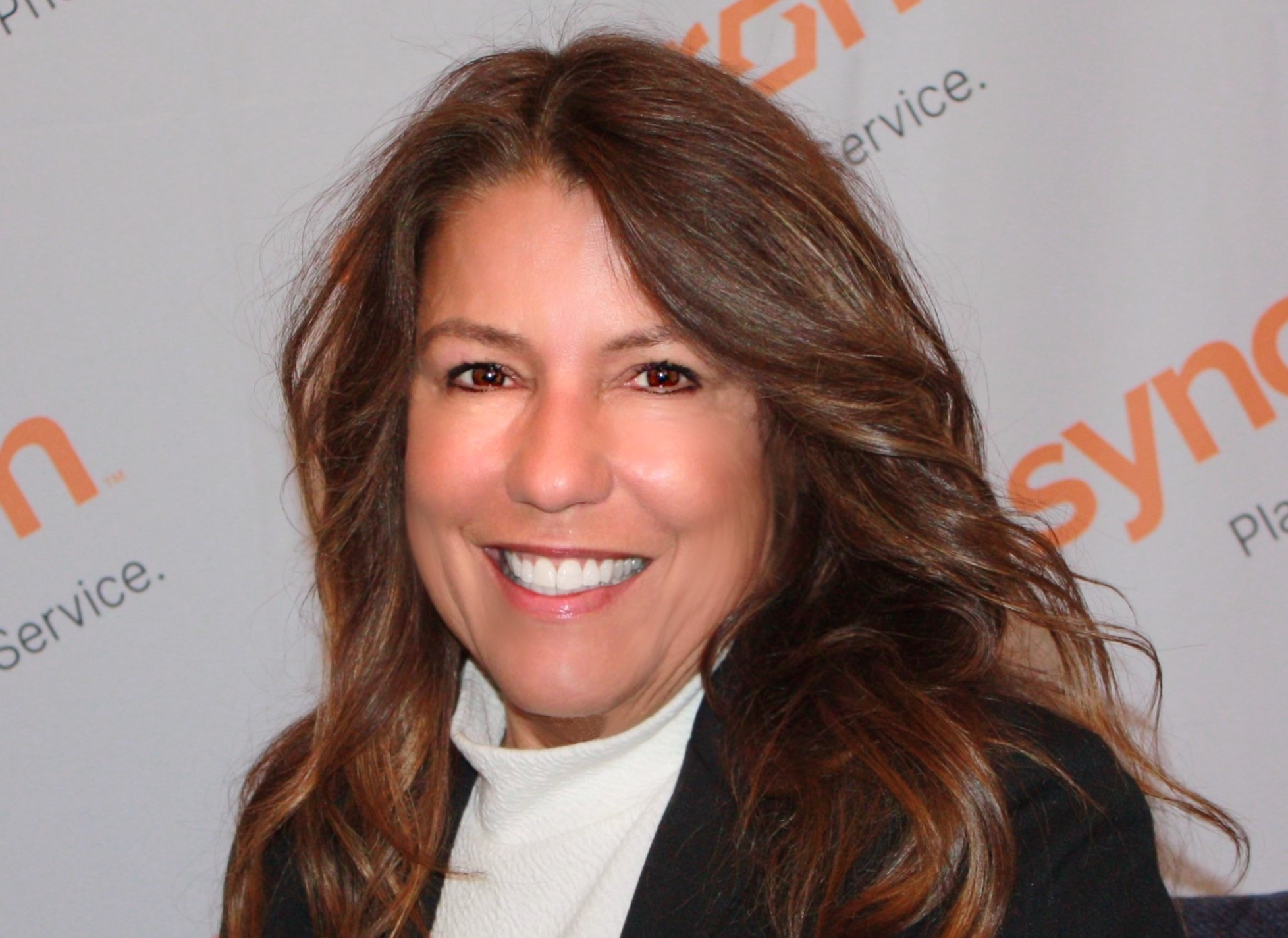
There’s no shortage of things to think about when it comes to spare parts pricing. But despite the increasing complexity of catalogs, distribution networks, and markets, the majority of aftersales service organizations focus on the roughly 10% of products that make up the biggest portion of revenue.
This may be because they’re using legacy systems or processes, don’t think they have the resources to implement a more nuanced approach, or simply because that’s how they’ve always done it. Whatever the reason, using a blanket method such as cost-plus for the other 90% of your parts catalog means you’re not optimizing your margins—and that unrealized value represents significant profit opportunity.
Here are two places you can look for hidden profit in your spare parts inventory management software.
Pricing and the product lifecycle
Product lifecycle refers to the period of time from when a product is introduced onto the market to when it’s removed from the shelves. Where various parts in your catalog are in their respective lifecycles can have a significant impact on the level of competitive pressure as well as perceived value in the market, both of which offer an opportunity to increase margins. You can use various analytical strategies to measure a product’s lifecycle stage, depending on your available data.
For new items, look at the born-on date or when the item was first used in production. In some cases, it can be more helpful to look at first use—particularly for parts that don’t have any competition until six months or a year after production. This is often the case with new parts, which are under warranty in the introductory phase before the aftermarket has caught up. You can determine first use by looking at the duration since birth and assuming there was minimal competition in that initial period. In the early stages of a product’s lifecycle, you may be the only OEM offering it—which gives you considerable leverage that can translate into additional margins.
At the opposite end of the spectrum, a part that’s at or nearing obsolescence could be equally difficult to find, which means you can also price it higher. To determine end of life, start by calculating how much time has passed since a part was last used in production. Next, take the expected lifespan of the vehicle or machinery it’s used in to estimate how long the part will be in demand. If a part is used in multiple models, as is often the case with automotive manufacturers, look at the last used in production point on the latest model. Understanding how market pressures change when a part reaches the end of its warranty and when competing parts enter and exit the market can also help you optimize your margins and avoid over- or under-valuing products.
The three C’s: captive, commercial, commodity
Price segmentation can seem daunting due to the myriad of ways you can differentiate parts—but you don’t have to jump in all at once. Start by separating your products into three high-level buckets that will help you determine how aggressive you can be with your pricing. This approach also makes pricing a large volume of items more manageable.
A captive item is proprietary, meaning it’s designed by an OEM and available exclusively within your network. Captive items generally provide a greater opportunity to increase margins because you’re the only supplier offering these parts. Captive items can be further divided into “consumable” and “simple” categories. Captive consumable parts may be designed to fit a specific component and are unlikely to be re-engineered in the aftersales market unless they’re moving at a high volume. Captive simple items are easier to re-engineer, which makes them slightly less captive—and more subject to market pressures.
Commercial items are more widely available through other distributors and suppliers, which can include eCommerce stores and off-the-shelf retailers. Commercial items can be further divided into commodity and unique parts, which again informs your ability to increase margins. Commercial commodity parts are standard items you can buy off the shelf—for example, hydraulic cylinders. Commodity parts don’t hold a lot of value, so you’ll need to price them according to market competition or customers will simply go elsewhere. An example of a commercial unique part would be a hydraulic cylinder that’s customized for a specific attribute, such as stroke length. It holds more value because it’s not a standard part, so you can price it higher.
Uncover hidden profit in your spare parts
Making the move from a legacy pricing approach to a modern solution can seem overwhelming, but it doesn’t have to be—and the investment pays off in dividends. Our team of pricing experts are ready to help you discover where you have unrealized margin potential in your spare parts pricing model and how you can increase revenue by optimizing the data that’s available to you.
Head to our Profit Discovery Program page to find out how to get your no-cost, no-obligation assessment.
